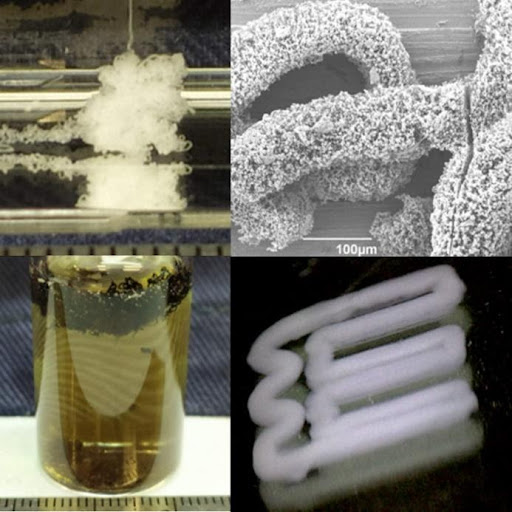3D-Printed Gels with the Midas Touch for Stem Cell Growth
A method has been developed in York to 3D-print self-assembled gel scaffolds and load them with gold nanoparticles in situ – the presence of gold has been shown to significantly enhance stem cell growth.

Gels are fascinating materials with potential applications in tissue engineering, where they can be used to support the growth of human stem cells. This approach lies at the heart of future medical technologies, for example offering the potential to engineer replacement organs for implantation from a patient’s own stem cells.
In order to maximise the potential of self-assembling gels in regenerative medicine, it is important that they can be shaped, patterned and structured such that they can direct cell growth. Furthermore, they should encourage effective stem cell proliferation. A new research paper outlines innovative approaches to these important goals.
Professor David Smith and Dr Carmen Piras, working in collaboration with Dr Juliette Fitremann from CNRS, IMRCP, Toulouse in France, demonstrated that a simple self-assembling gelator developed in York could be easily shaped into tubes and filaments. Furthermore, by 3D-printing multiple layers of gel, they were able to shape gel objects on demand. Importantly, these 3D-printed gel shapes had remarkably high stability on standing for extended periods of time in water.
The self-assembling gelator chosen by Professor Smith and Dr Piras has the capability to enable the formation of embedded gold nanoparticles within the gel when exposed to gold salt solutions. They demonstrated that this property was retained within their printed filaments, hence proving that the carefully-designed chemistry of their gelator endowed the resulting shaped gels with its own unique behaviour.
In collaboration with Professor Paul Genever from the Department of Biology, the researchers then tested stem cell growth on these gels. Crucially, the new gels showed high stability and biocompatibility, and when the gold nanoparticles were present, stem cell growth was significantly enhanced.
Dr Piras explains: “Being able to print a gelator that can create and organise gold nanoparticles, enhancing stem cell growth is a significant step forwards in applying such materials to tissue engineering. Other researchers have shown that gold nanoparticles can particularly assist in bone growth, so in the future, we would hope to print our ‘Midas Touch’ gels into shapes designed to assist with bone tissue engineering.”
This research has been published open access in Chemical Science, the flagship journal of the Royal Society of Chemistry.
This research was funded by the Royal Society of Chemistry through a Researcher Mobility Grant.